Soylent green anyone?
The startup, whose products are popular among busy Silicon Valley techies, has issued four recalls in the last 18 months.
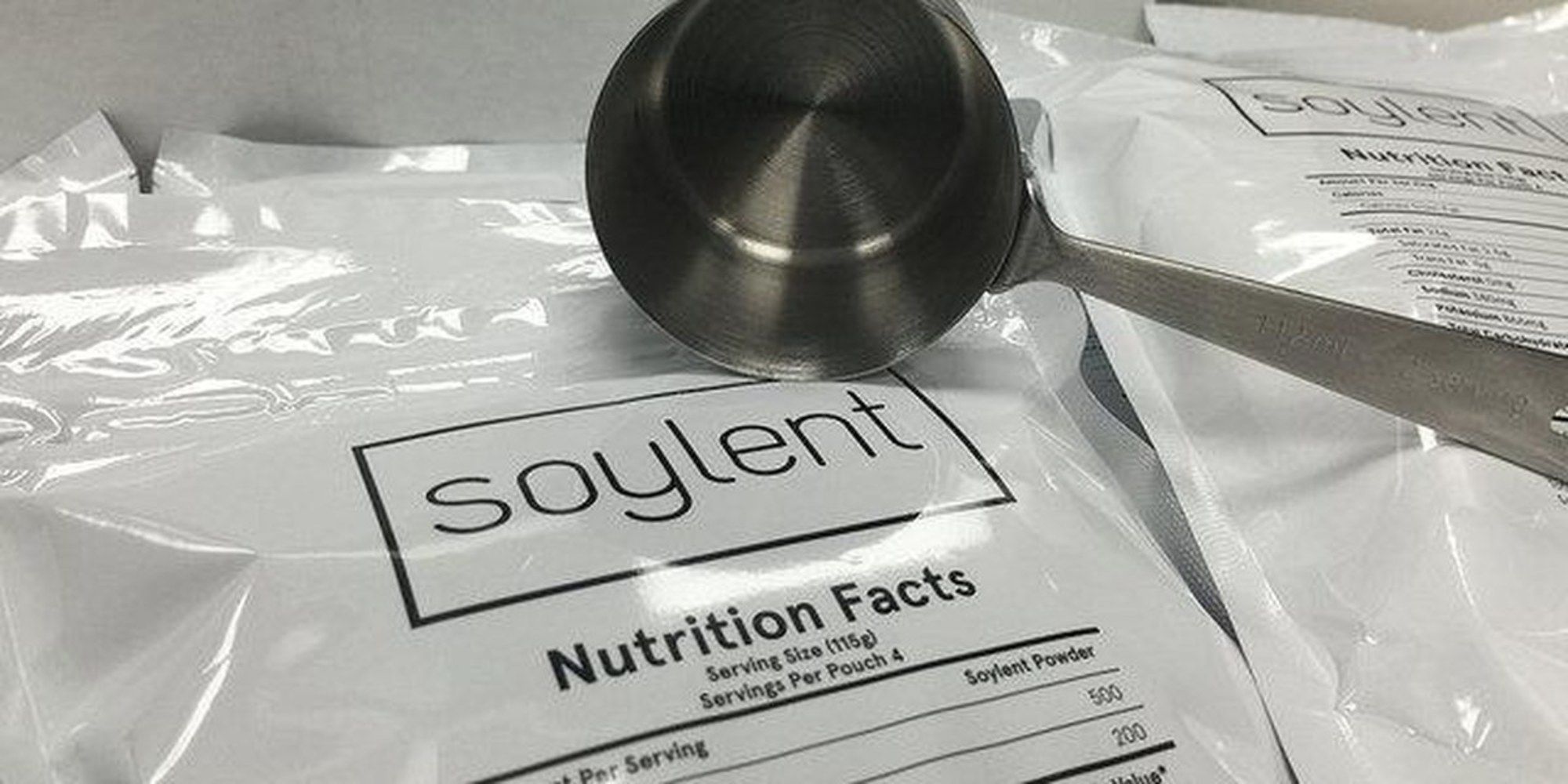
Soylent green anyone?
The startup, whose products are popular among busy Silicon Valley techies, has issued four recalls in the last 18 months.
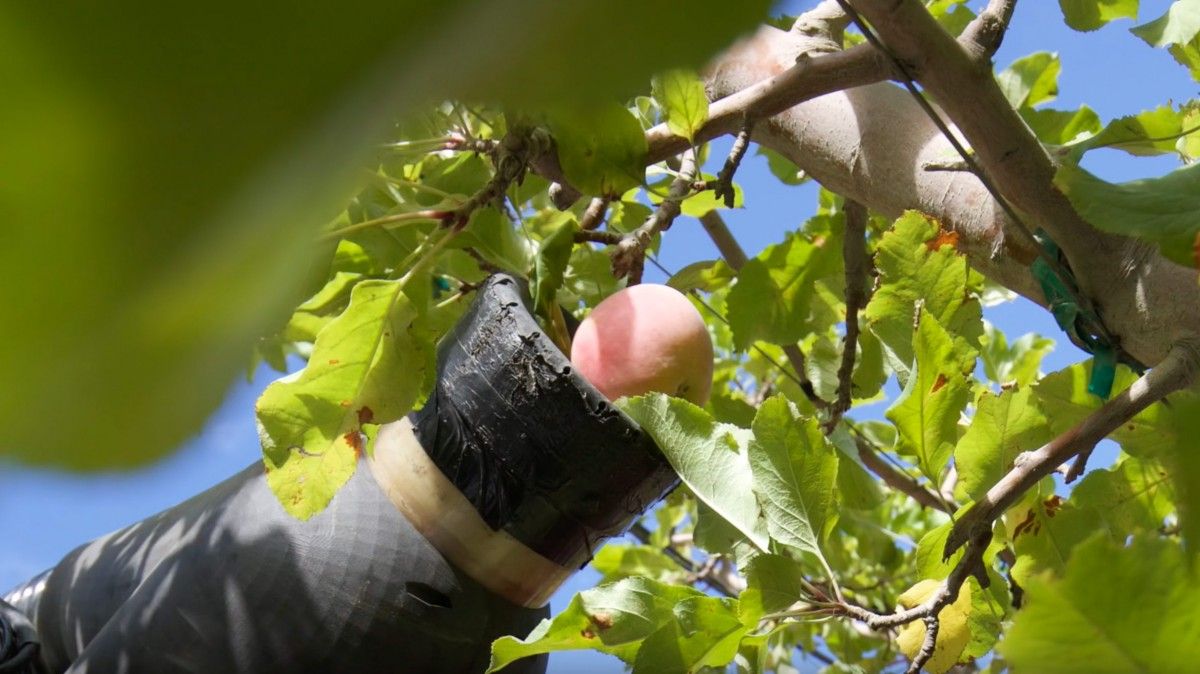
Orchard owners say they need automation because seasonal farm labor is getting harder to come by.
Tom Simonite

Ontario will provide residents in Hamilton, Thunder Bay and Lindsay with free income, part of the government’s plan to test whether the extra funds will help improve their job prospects and quality of life.
The idea is to give the province’s working poor, unemployed and homeless residents an income to pay for their basic needs of food and housing.
About 4,000 recipients will be randomly chosen from the three regions. One group will start receiving the so-called basic income as soon as this summer, and the remainder will be part of the control group, which will not receive any payments, according to a provincial spokesman. A single person could receive up to $16,989 per year. A couple could get up to $24,027 annually.
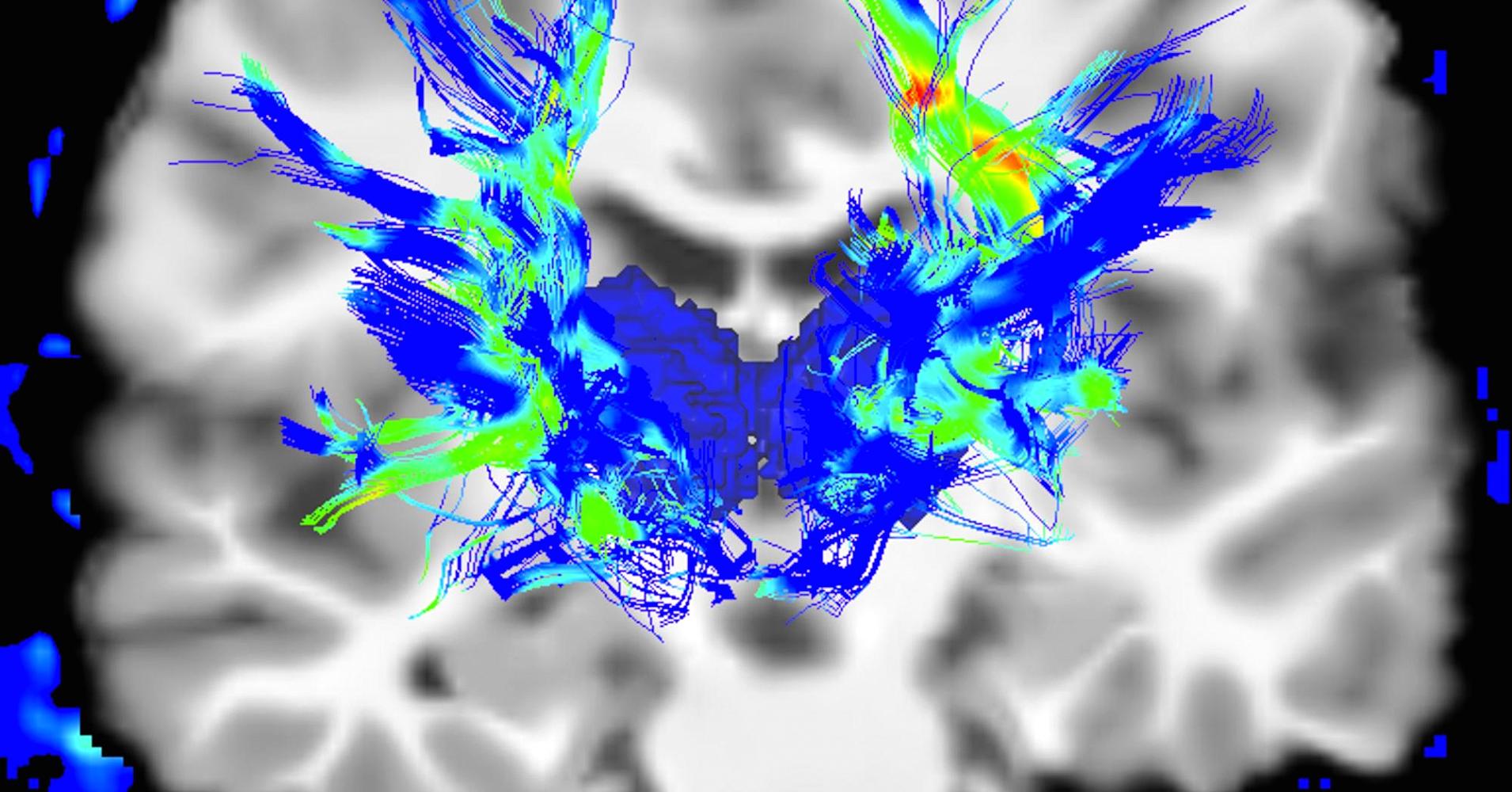
For the first time, researchers have found a functional link between the bacteria in the gut and the onset of Parkinson’s disease, one of the world’s most common debilitating brain disorders.
A team of scientists from several institutions in the United States and Europe showed how changing the bacteria in the guts of mice affected the manifestation of Parkinson’s symptoms — even including bacteria taken from the guts of humans with the disease.
The findings suggest a new way of treating the disease: The best target for treatment may be the gut, rather than the brain. The researchers hope the new information can be used to develop “next generation” probiotics, more sophisticated than the sort of probiotics found on the shelves of health food stores today.

The “reverse climate change machine” is an honorable mention in the Evolo Skyscraper Design Competition.
A one-stop skyscraping shop for urbane living and fighting climate change called the HEAL-BERG is among the selected entries in eVolo’s annual Skyscraper Competition, which invites the world’s designers to “challenge the way we understand vertical architecture.” The mammoth pearlescent structure would simultaneously cool Antarctic ocean water, scrub carbon dioxide from the atmosphere, and generate electricity with saltwater and wind turbines, creating what the designers call, a “reverse climate change machine.”
Luca Beltrame and Saba Nabavi Tafreshi created HEAL-BERG as a response to a potential future in which, “climate was changing at a rate exceeding most scientific forecasts; oceans warming, air pollution and climate change were caught in a discernible self-boosting loop. In the speculative world they’ve created, it’s 2039, 21.5 million people are being displaced annually due to climate change and, “the complex patterns representing the world were doomed to collapse.”
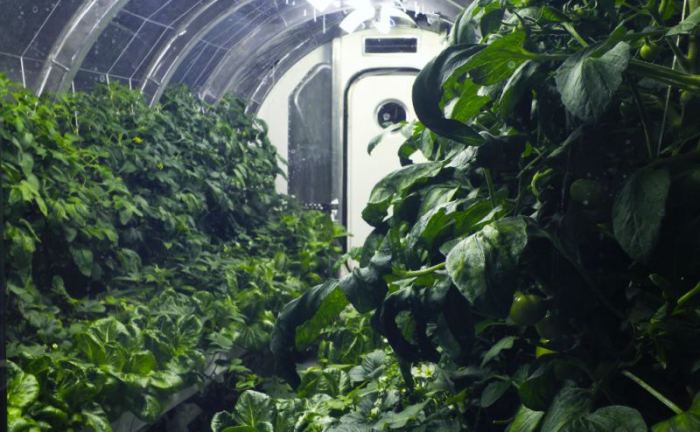
NASA is all about solving challenges, and the goal of having a prolonged presence in space, or a colony on Mars or some other world, is full of challenges, including the necessity of growing food. Scientists at Kennedy Advanced Life Support Research are working on the Prototype Lunar/Mars Greenhouse Project to try and meet that challenge.
The Prototype Lunar/Mars Greenhouse Project (PLMGP) is all about growing vegetables for astronauts during extended stays on the moon, on Mars, or anywhere they can’t be resupplied from Earth. Beyond growing food, the Project aims to understand how food-growing systems can also be a part of life-support systems.
We’re working with a team of scientists, engineers and small businesses at the University of Arizona to develop a closed-loop system. The approach uses plants to scrub carbon dioxide, while providing food and oxygen,” said Dr. Ray Wheeler, lead scientist in Kennedy Advanced Life Support Research.
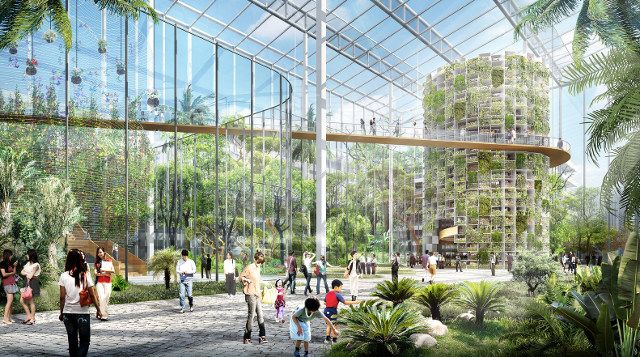
Another article to go with this:
http://inhabitat.com/shanghai-is-planning-a-massive-100-hectare-vertical-farm-to-feed-24-million-people/
As Shanghai continues to expand outward, replacing agriculture with urbanization, a US-based design firm is looking to reimagine the way that Shanghai grows food to feed its 24 million people.
The Sasaki planning and urban design firm is turning heads with its masterplan for a 250-acre urban agricultural district in Pudong called Sunqiao, which will include, most spectacularly, towering vertical farms that grow lots of leafy vegetables.

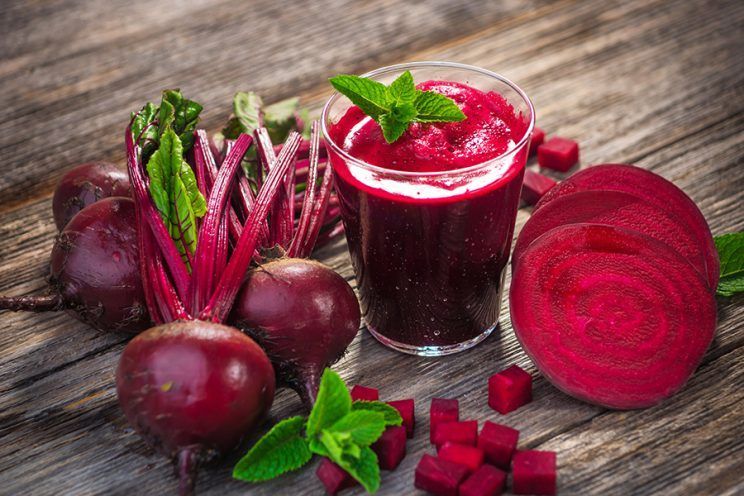
Beets are a common sweetening ingredient in the juices you’ll find at most health food stores, but a recent study found another reason to drink the bright red juice: It has anti-aging benefits.
Researchers at Wake Forest University knew that exercise has positive anti-aging effects on the brain, and were looking for ways to increase those benefits.
“What we showed in this brief training study of hypertensive older adults was that, as compared to exercise alone, adding a beet root juice supplement to exercise resulted in brain connectivity that closely resembles what you see in younger adults,” W. Jack Rejeski, co-author of the study, told EurekAlert.
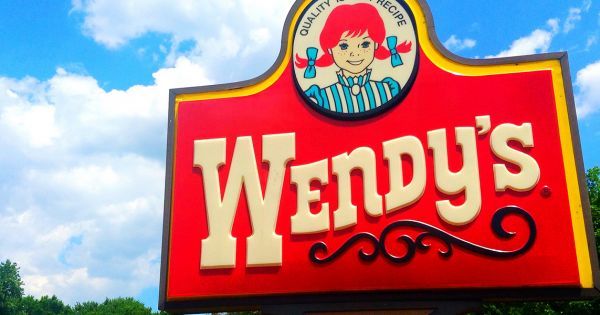
The burger chain’s in-house designed kiosks could be taking your order in lieu of a human employee by the end of the year.
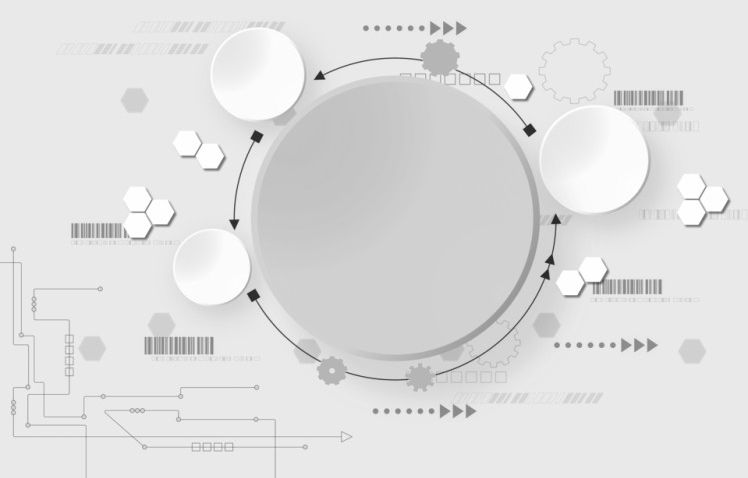
Pause for a second and look outside your window at a bird, a squirrel, or even an insect. These organisms all perform complex tasks that involve perceiving food and threats, navigating around trees, and following or hiding from other animals. There is not a robot or a drone on the planet that can do what these bugs and small animals can easily do.